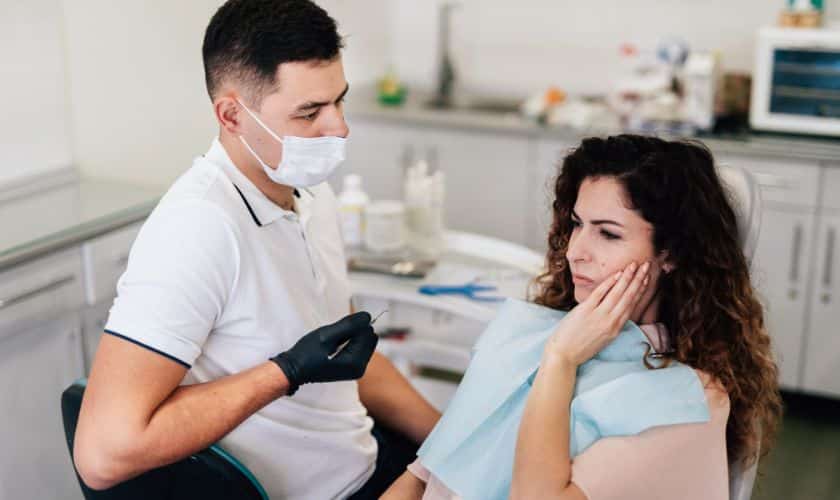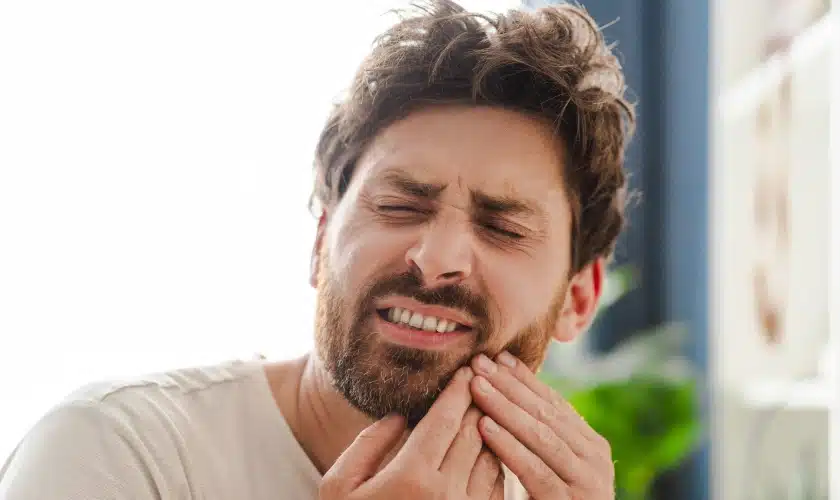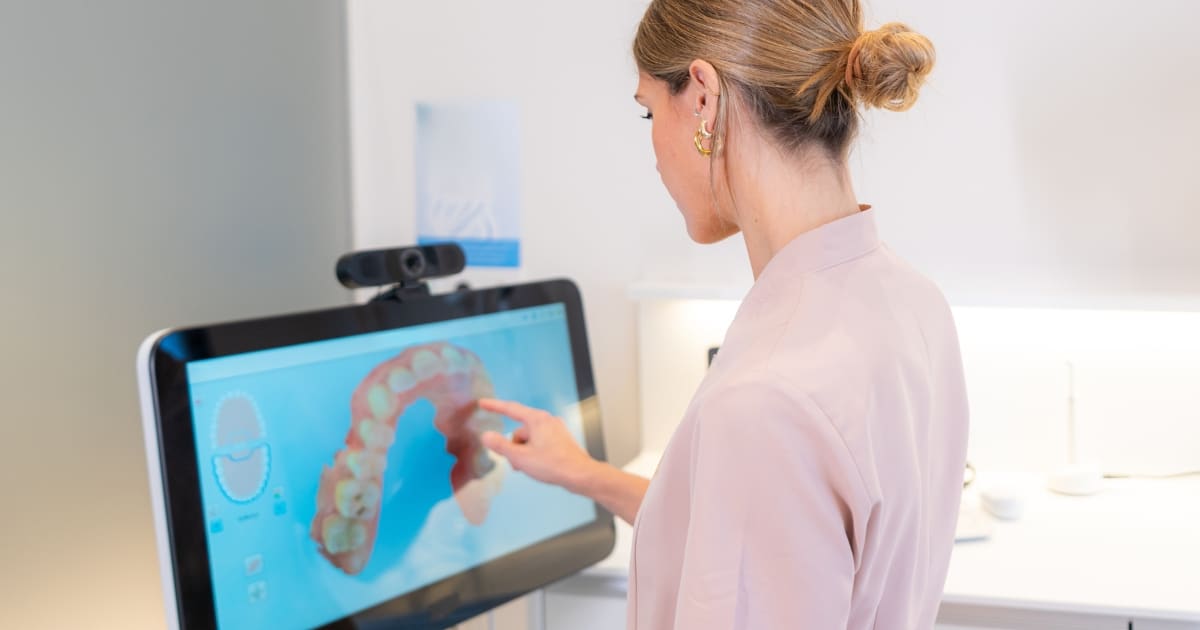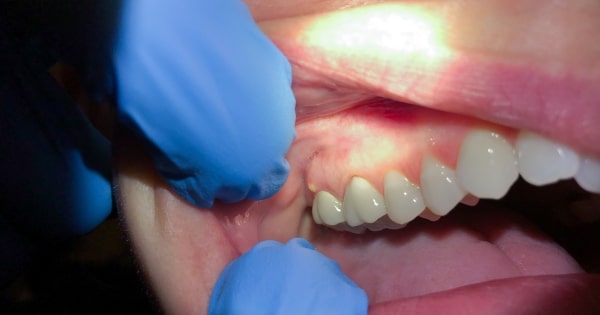
Welcome to “Swift Smiles: Embracing Emergency Dentistry for Immediate Relief,” where we dive into the world of urgent dental care and provide you with the essential knowledge to navigate dental emergencies confidently. When a dental crisis strikes, time is of the essence, and knowing the right strategies and techniques can make all the difference in achieving quick and effective relief. In this guide, we will explore the arsenal of the emergency dentist, unveiling cutting-edge strategies and empowering you to embrace emergency dentistry for immediate relief. Get ready to discover the power of swift smiles and regain control over dental emergencies.
What constitutes a Dental Emergency?
A dental emergency involves teeth, gums, or oral structures requiring immediate attention to alleviate severe pain, prevent further damage, or save a tooth. Common examples include severe toothache, a knocked-out tooth, a broken or cracked tooth, excessive bleeding from the mouth, a loose or dislodged tooth, severe gum swelling or infection, or injuries to the mouth or jaw due to accidents or trauma. It is crucial to seek prompt dental care for these emergencies to prevent complications and ensure optimal oral health. If you experience these symptoms, contact your dentist or seek emergency dental services for timely treatment.

Types of Dental Emergencies:
1. Toothache: Severe and persistent tooth pain, often indicating an underlying dental issue such as tooth decay, infection, or abscess.
2. Knocked-out Tooth: When a tooth is completely displaced from its socket, immediate action is required to increase the chances of successful reattachment.
3. Cracked or Broken Tooth: Fractured or broken teeth can cause significant pain and sensitivity, exposing the tooth’s inner layers and potentially leading to infection.
4. Soft Tissue Injuries: Injuries to the gums, lips, tongue, or cheeks, such as cuts, lacerations, or puncture wounds, may require urgent attention to stop bleeding, prevent infection, and promote healing.
5. Dental Abscess: An abscess is a pocket of pus that forms due to a bacterial infection, often causing severe pain, swelling, and inflammation. It requires immediate treatment to alleviate the infection and prevent its spread.
6. Dislodged or Loose Tooth: Trauma or injury to the mouth can result in a tooth becoming loose or partially dislodged. Quick intervention can help stabilize the tooth and prevent further damage.
What to do in times of Dental Emergencies?
1. Toothache: Rinse your mouth with warm water, gently floss around the affected tooth to remove any trapped debris, and apply a cold compress to reduce swelling. Contact your dentist to schedule an emergency appointment.
2. Knocked-out Tooth: Handle the tooth by the crown (top part), rinse it gently with water, and try to place it back into the socket if possible. If not, keep it moist by storing it in milk or saliva. Seek immediate dental care within 30 minutes for the best chance of saving the tooth.
3. Cracked or Broken Tooth: Rinse your mouth with warm water and apply a cold compress to reduce swelling. Collect any broken tooth fragments and seek emergency dental treatment immediately.
4. Soft Tissue Injuries: Clean the injured area gently with warm water and apply a clean cloth or sterile gauze to control bleeding. If bleeding persists or the injury is severe, seek immediate dental or medical attention.
5. Dental Abscess: Rinse your mouth with mild saltwater to alleviate pain and remove some pus. Contact your dentist immediately for evaluation and appropriate treatment.
6. Dislodged or Loose Tooth: Gently push the tooth back into its original position if possible. Bite down on a clean cloth or folded gauze to keep it in place, and visit your dentist as soon as possible for evaluation and stabilization.
Source: American Dental Association (ADA)
By delving into urgent dental care, this comprehensive guide has shed light on cutting-edge strategies and techniques that can make a significant difference in critical situations. When dental crises strike, time is of the essence, and swift action can save teeth, alleviate pain, and prevent further complications. By embracing emergency dentistry, individuals can regain control over dental emergencies and experience the immediate relief they deserve. Trust in the expertise of emergency dentists and the power of swift smiles to overcome dental challenges and ensure optimal oral health.
FAQs about Emergency Dentistry
1. What qualifies as a dental emergency?
Dental emergencies include severe toothaches, knocked-out or dislodged teeth, broken or cracked teeth, excessive bleeding, gum swelling or infections, and injuries to the mouth or jaw.
2. Should I visit an emergency dentist or the emergency room?
For dental emergencies like severe tooth pain, knocked-out teeth, or broken teeth, it’s best to seek care from an emergency dentist specializing in dental treatments. However, if there are accompanying severe facial or jaw injuries, it may be necessary to visit the emergency room first.
3. How soon should I seek treatment for a dental emergency?
It’s important to seek immediate treatment for dental emergencies to prevent further damage or complications. Contact your dentist or an emergency dental service as soon as possible, ideally within the first hour, for the highest chance of successful treatment.
4. Can I manage a dental emergency at home?
While temporary measures like rinsing with warm salt water, applying a cold compress, or using over-the-counter pain relievers may provide temporary relief, it’s crucial to visit a dentist for proper evaluation and treatment of the underlying issue causing the emergency.
5. How can I prevent dental emergencies?
Maintaining good oral hygiene, wearing protective mouthguards during sports activities, avoiding chewing hard objects, and scheduling regular dental check-ups can help prevent dental emergencies. Additionally, promptly addressing dental issues like cavities or infections can prevent them from escalating into emergencies.


